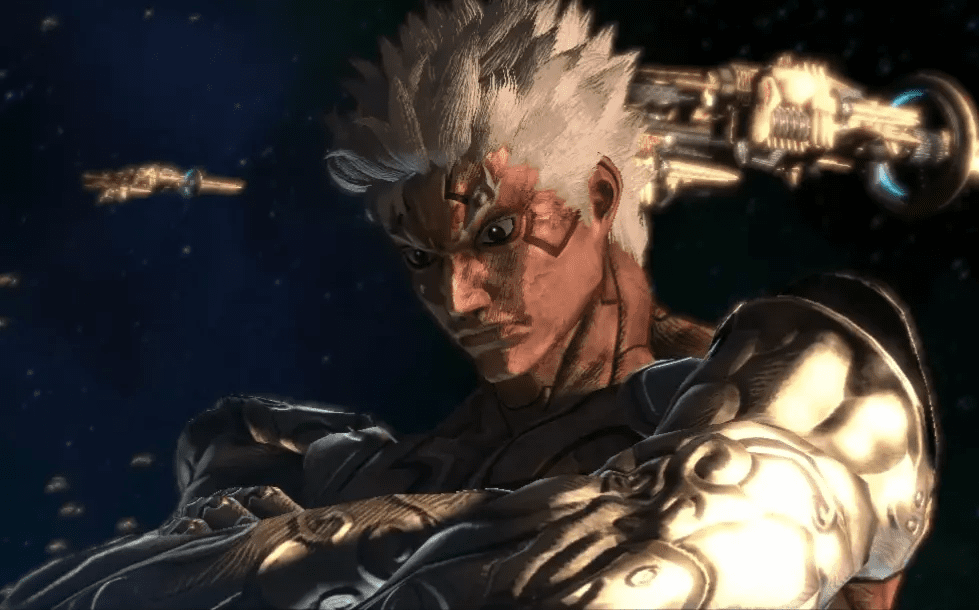Yokai and Asuras are two mythological creatures that have emerged from different cultures and regions of the world. Yokai is supernatural beings in Japanese folklore while Asuras is a group of demons in Hindu mythology. Both creatures represent the darker side of the supernatural world and are depicted as fearsome and powerful beings. Yokai are often depicted as mischievous creatures and not necessarily evil, while Asuras represent the epitome of evil and are the arch-nemesis of the Devas. Additionally, Yokai are limited to the earthly realm, while Asuras can move between the earthly realm and the divine realm.
Clashing Worlds: Japanese Yokai vs. Hindu Asuras
Introduction
The world of folklore is inhabited by a plethora of mythological creatures that have emerged from different cultures and regions of the world. Two such creatures that have caught the attention of mythologists and storytellers are the Japanese Yokai and the Hindu Asuras. Though these creatures belong to two different cultures, they share some similarities, but at the same time, they have stark differences that set them apart.
Japanese Yokai
Yokai, in Japanese folklore, are supernatural beings that reside in the earthly realm. The word “Yokai” is derived from Yo, meaning “bewitching” or “attractive,” and Kai, meaning “strange” or “mystery.” Yokai represent a wide range of creatures, including ghosts, monsters, and demons. These beings have been a part of Japanese folklore since ancient times and are often depicted in various forms of art, including painting, sculpture, and literature.
Types of Yokai
Yokai can be classified into various types based on their appearance and characteristics. Some of the most common types of Yokai include:
– Kitsune: Fox spirits that possess magical powers.
– Oni: Demon-like creatures with horns and sharp teeth.
– Tengu: Bird-like Yokai with a long nose and wings.
– Kappa: River monsters with a beak and a shell on their back.
– Yuki-Onna: Snow women who appear on snowy nights.
Hindu Asuras
Asuras, in Hindu mythology, are a group of demons who represent the opposite of the Devas, who are the gods. Asuras are often depicted as fearsome creatures who possess great strength and magical powers. These demons are an integral part of Hindu mythology, and their tales often involve epic battles with the Devas.
Types of Asuras
Asuras can be classified into different types based on their lineage and characteristics. Some of the most common types of Asuras include:
– Daityas: Asuras who were born to Diti and Kasyapa.
– Danavas: Asuras who were born to Danu and Rishi Kashyapa.
– Rakshasas: Human-like Asuras who devour humans and are often depicted as shape-shifters.
– Vritra: The demon of drought and an enemy of Indra, the god of thunder.
Similarities between Yokai and Asuras
Despite belonging to two different cultures and religions, Yokai and Asuras share some similarities. Both creatures represent the darker side of the supernatural world and are often depicted as fearsome and powerful beings. Yokai and Asuras are also known for their shape-shifting abilities, which they use to deceive and confuse their adversaries.
Differences between Yokai and Asuras
Yokai and Asuras may share some similarities, but they have stark differences that set them apart. While Yokai are predominantly based on Japanese folklore, Asuras are a part of Hindu mythology. Yokai are often depicted as mischievous creatures who are not necessarily evil, while Asuras represent the epitome of evil and are the arch-nemesis of the Devas. Additionally, Yokai are limited to the earthly realm, while Asuras can move between the earthly realm and the divine realm.
Conclusion
The world of folklore is a vast and diverse one, and the creatures that inhabit it come in all shapes and sizes. The Japanese Yokai and the Hindu Asuras are two such creatures that represent the darker side of the supernatural world. While they share some similarities, they differ in many ways, and each carries with it a rich history and tradition that has captivated the imaginations of storytellers and mythologists for generations.
